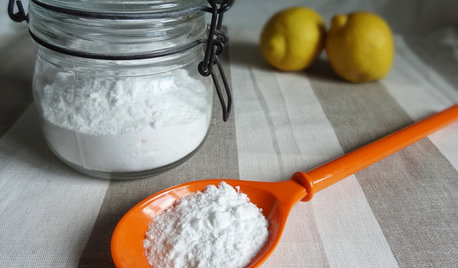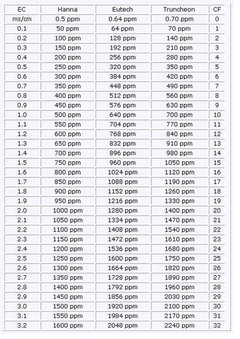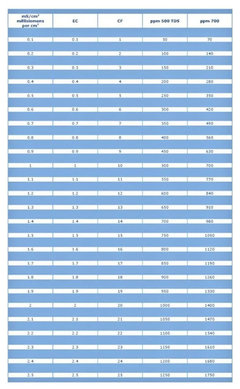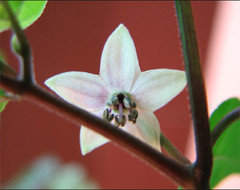EC and PH for chile peppers
chinamon
14 years ago
Featured Answer
Sort by:Oldest
Comments (29)
tiphereth
14 years agolast modified: 9 years agochinamon
14 years agolast modified: 9 years agoRelated Professionals
Richmond Heights Landscape Architects & Landscape Designers · Roosevelt Landscape Architects & Landscape Designers · Vernon Hills Landscape Architects & Landscape Designers · Maple Valley Landscape Contractors · Commack Landscape Contractors · Cordele Landscape Contractors · Dallas Landscape Contractors · Hilton Head Island Landscape Contractors · Mastic Beach Landscape Contractors · North Highlands Landscape Contractors · Ocoee Landscape Contractors · Shaker Heights Landscape Contractors · Tehachapi Landscape Contractors · Welby Landscape Contractors · Wethersfield Landscape Contractorskuyaig
14 years agolast modified: 9 years agolucas_formulas
14 years agolast modified: 9 years agogrizzman
14 years agolast modified: 9 years agolucas_formulas
14 years agolast modified: 9 years agokuyaig
14 years agolast modified: 9 years agochinamon
14 years agolast modified: 9 years agopepperot
14 years agolast modified: 9 years agochinamon
14 years agolast modified: 9 years agolucas_formulas
14 years agolast modified: 9 years agochinamon
14 years agolast modified: 9 years agogrizzman
14 years agolast modified: 9 years agochinamon
14 years agolast modified: 9 years agopepperot
14 years agolast modified: 9 years agogrizzman
14 years agolast modified: 9 years agourbangardenfarmer
14 years agolast modified: 9 years agogrizzman
14 years agolast modified: 9 years agomrpepper
14 years agolast modified: 9 years agolucas_formulas
14 years agolast modified: 9 years agowillardb3
14 years agolast modified: 9 years agourbangardenfarmer
14 years agolast modified: 9 years agolucas_formulas
14 years agolast modified: 9 years agomrpepper
14 years agolast modified: 9 years agourbangardenfarmer
14 years agolast modified: 9 years agolucas_formulas
14 years agolast modified: 9 years agourbangardenfarmer
14 years agolast modified: 9 years agotranzformation
12 years agolast modified: 9 years ago
Related Stories

FRONT YARD IDEASBefore and After: Front Lawn to Prairie Garden
How they did it: Homeowners create a plan, stick to it and keep the neighbors (and wildlife) in mind
Full Story
MOST POPULARThanksgiving Tales: When the Turkey Tanks
Houzz readers prove adept at snatching victory from the jaws of entertaining defeat
Full Story
HOUSEKEEPINGBaking Soda: The Amazing All-Natural Cleanser You Already Own
Battle grime, banish odors and freshen clothes with this common nontoxic cupboard staple
Full Story














lucas_formulas